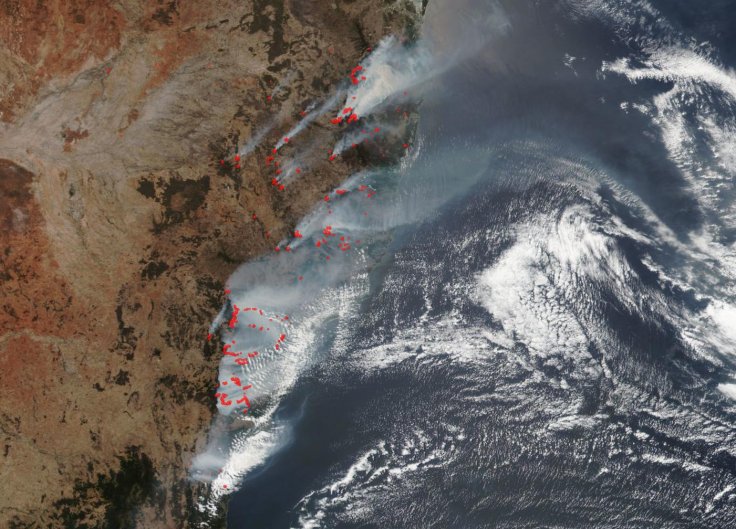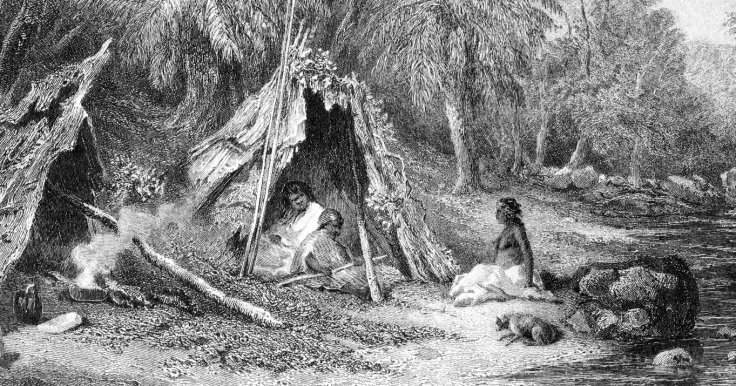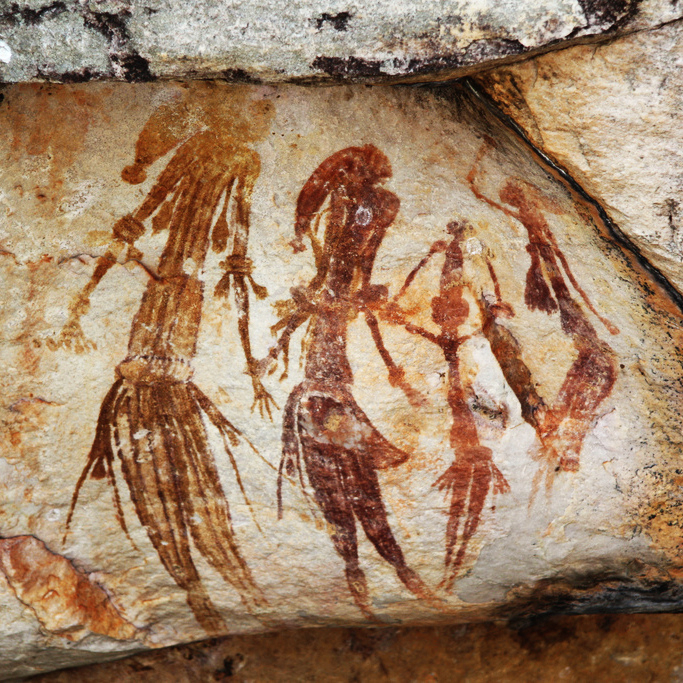The devastating bushfires in Australia have triggered a hike in the carbon concentrations in the atmosphere in 2020, which means the planet will be closer to 1.5 Celsius of global heating. While the fires have killed millions of animals in the country, turning the skies into red, they may have also caused damage to thousands of historic Aboriginal sites and artefacts, fear indigenous communities and archaeologists.
All these historical sites, which hold huge value for Indigenous groups, will be difficult for the researchers to understand the movement of people in Australia.

The fire and destruction
Areas such as Queensland, New South Wales and Victoria are the most affected place in the island nation where the authorities have recorded the largest bushfire events. National park and other forest areas have faced extreme destruction. As per the early records, tens of thousands of important Indigenous sites were set up in these places, said Tiina Manne, an archaeologist at the University of Queensland in the Gold Coast and president of the Australian Archaeological Association (AAA).
As per the researchers, these affected areas hold archaeological records of the ancient inhabitants of the region and how they moved across the landscape over tens of thousands of years. These are the sites which helped researchers to understand the development of Aboriginal cultural practices which include rock art or carving canoes and shields from tree bark.
As per Manne, thousands of Aboriginal sites will have been affected by the fires and that includes 'culturally modified' trees that have been altered for traditional uses and rock art and engravings as well as stone-tool sites. Even though a formal assessment is yet to be done, by the researcher fears that the bush fires would have destroyed grinding stones, some of which may be tens of thousands of years old.

Aboriginal culture
As per the researchers, the Aboriginal people have a shared history of colonisation and forced removal of their children. It should be mentioned that European colonisation had a devastating impact on Aboriginal communities as well as on their cultures. The people belong to this culture, were subjected to huge injustice, including mass killings or being displaced from their traditional lands and relocated on missions and reserves in the name of protection.
For Aboriginal people, colonization means nothing but massacre, violence, disease and loss. However, despite the past and present impact of colonization, Aboriginal kinship systems, customs and traditions still thrive and over the years, researchers are trying to know more about their culture.
Ancient sites and artefacts affected
As bushfires have destroyed roads and blocked all the paths to the valuable historical sites, archaeologists as well as Aboriginal land managers are unable to assess the damage in many regions.
Georgia Roberts, an independent archaeologist in Bacchus Marsh, Victoria, and secretary of the AAA is concerned about several culturally rich regions that have been affected by these fires, including sites such as eastern Victoria and the lands of Gunaikurnai people. There are some historic sites in this region which date back to 20,000 years into the Ice Age.
As reported by Nature, the researchers also fear that since people involved in clean-up efforts aren't always aware of the presence of heritage sites, they could cause damage to such sites permanently.










